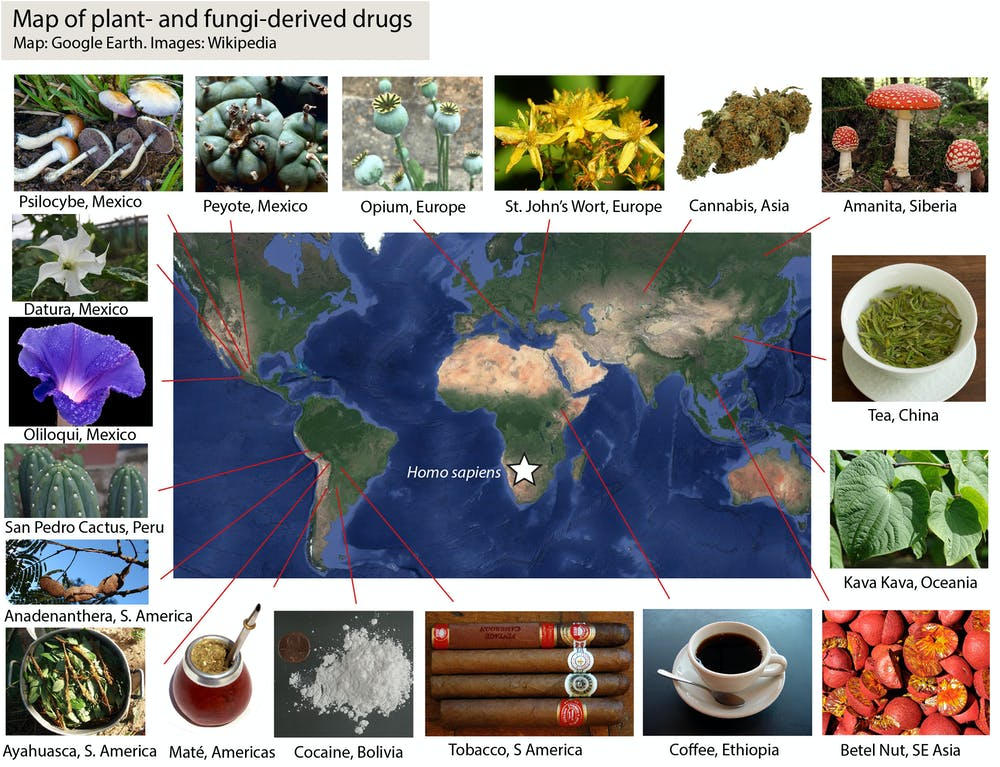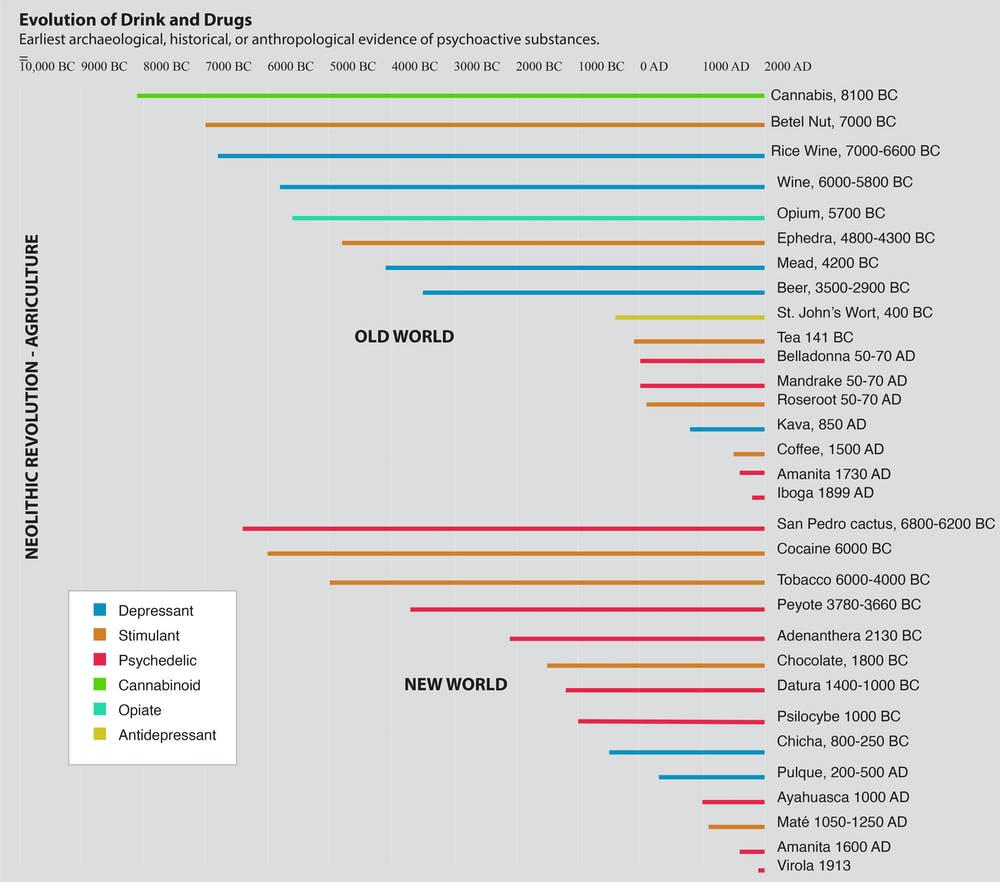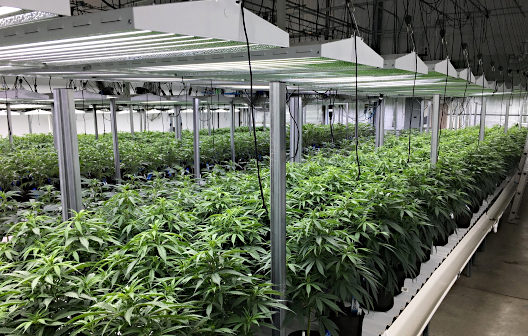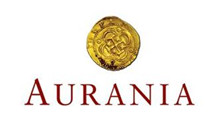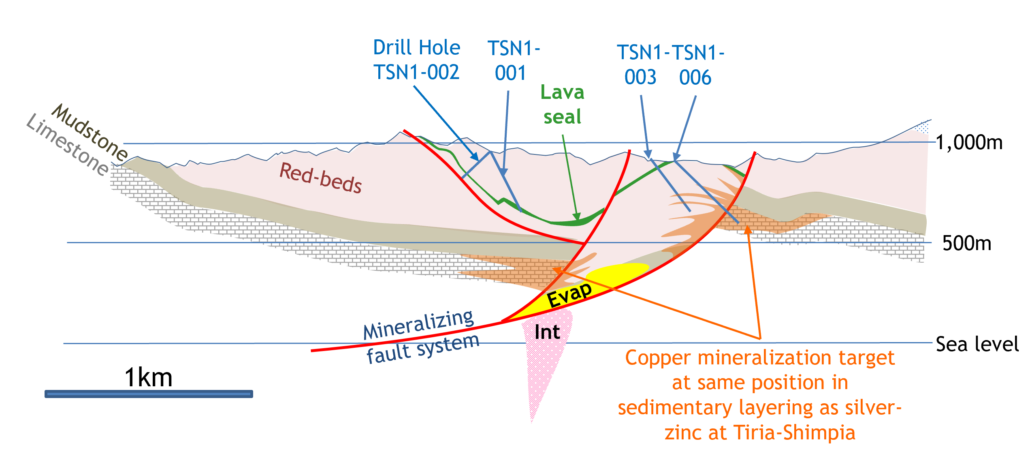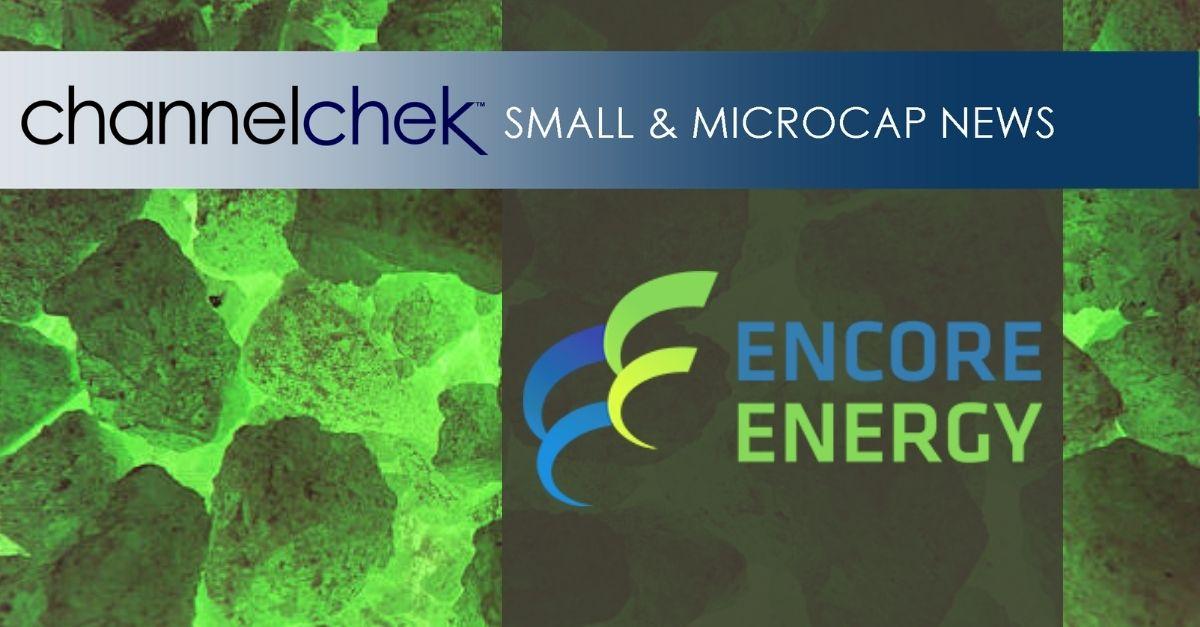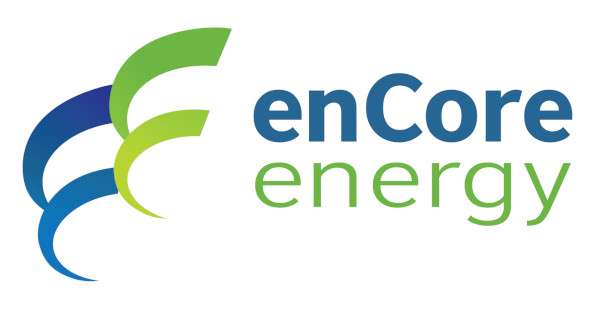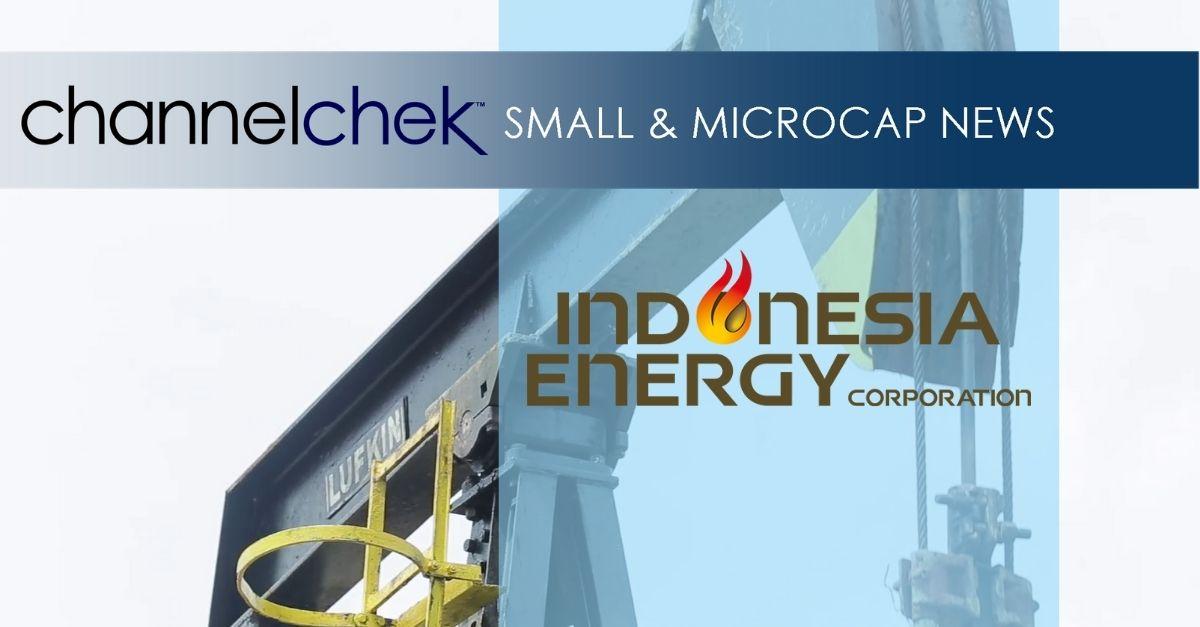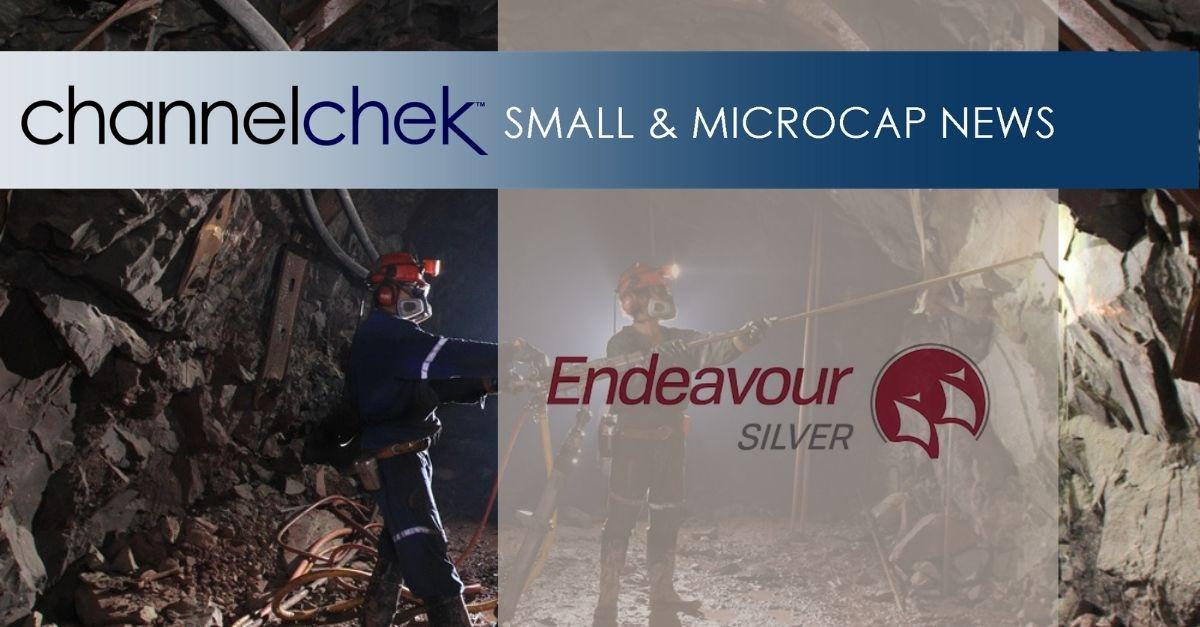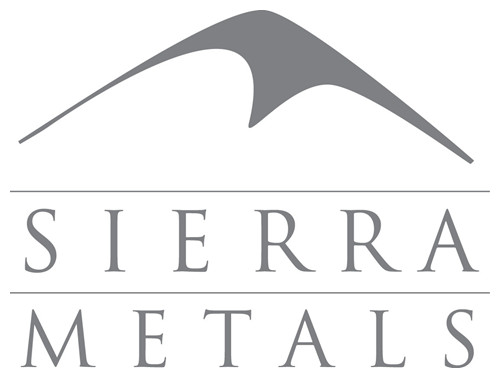
Sierra Metals Reports Second Quarter 2021 Production Results Including Record Throughput at Its Yauricocha Mine in Peru
TORONTO–(BUSINESS WIRE)– Sierra Metals Inc. (TSX:SMT) (BVL:SMT) (NYSE AMERICAN:SMTS) (“Sierra Metals” or “the Company”) is reporting second-quarter 2021 production results, as the Company continues to deal with the effect of the COVID-19 pandemic at its operations.
Results are from Sierra Metals’ three underground mines in Latin America: The Yauricocha polymetallic mine in Peru, and the Bolivar copper and Cusi silver Mines in Mexico.
Second Quarter 2021 Production Highlights
- Copper production
of 9.5 million pounds; a 2% decrease from Q2 2020
- Silver production
of 1.0 million ounces; a 67% increase from Q2 2020
- Gold production of
2,812 ounces; a 2% increase from Q2 2020
- Zinc production of
21.1 million pounds; a 54% increase from Q2 2020
- Lead production of
8.0 million pounds; a 24% increase from Q2 2020
- Copper equivalent
production of 24.8 million pounds; a 9% increase from Q2 2020
The Company achieved 62% and 25% increase in throughput as compared to Q2 2020, at its Yauricocha and Bolivar mines respectively. The Yauricocha mine achieved 328,909 tonnes during the quarter at an average rate of 3,759 tpd. Earlier during the quarter, the Company announced receipt of permit to build and operate an expansion of its capacity to 3,600 tpd plus an allowance for up to an additional 5%.
Consolidated copper production decreased 2% to 9.5 million pounds, silver increased 67% to 1.0 million ounces, zinc increased 54% to 21.1 million pounds, lead increased 24% to 8.0 million pounds, and gold increased 2% to 2,812 ounces compared to Q2 2020.
Luis Marchese, President, and CEO of Sierra Metals commented: “Despite the
challenges we have faced due to the Covid-19 Pandemic, I am pleased with the
relatively solid production performance in Q2 2021. The Company continues to
face operational difficulties related to COVID-19 at all mines but particularly
in Peru. We expect that we will continue to be impacted for the remainder of
the year and as such we are reviewing our production guidance and may revise it
as part of our Q2-2021 consolidated financial results.”
He continued
, “Looking ahead to the second half of 2021, we anticipate seeing
an improvement in production results over the first half of the year as we
continue to manage the implications of COVID-19 using best practices. Our goal continues
to be avoiding any mine closures while ensuring that strict protocols remain in
place to protect the wellbeing of our employees as well as the local
communities. Additionally, we have commenced implementation on a 500,000 tonne
per year magnetite concentrate plant at Bolivar which is expected to be
operational early next year. We also received the final permit required for the
construction and operation of the expansion of throughput at Yauricocha to
3,600 tonnes per day. We continue to work on the completion of Preliminary
Feasibility Studies for all three mines to support planned expansions at all
mines starting in 2024. Brownfield and greenfield exploration programs
continue, and we continue to strive to optimize and improve operations with an
aim of reducing costs where possible in this challenging environment.”
Consolidated Production Results
|
Consolidated Production
|
Three
Months Ended June 30
|
Six Months
Ended June 30
|
|
2021
|
2020
|
% Var.
|
2021
|
2020
|
% Var.
|
|
|
|
|
|
|
|
|
Tonnes processed
|
787,534
|
511,485
|
54%
|
1,561,955
|
1,252,183
|
25%
|
|
Daily throughput
|
9,000
|
5,846
|
54%
|
8,925
|
7,155
|
25%
|
|
|
|
|
|
|
|
|
|
|
|
|
|
|
|
Silver production (000 oz)
|
954
|
572
|
67%
|
1,915
|
1,520
|
26%
|
|
Copper production (000 lb)
|
9,535
|
9,708
|
-2%
|
17,430
|
21,484
|
-19%
|
|
Lead production (000 lb)
|
7,960
|
6,406
|
24%
|
16,964
|
15,485
|
10%
|
|
Zinc production (000 lb)
|
21,133
|
13,741
|
54%
|
45,256
|
35,387
|
28%
|
|
Gold Production (oz)
|
2,812
|
2,762
|
2%
|
5,448
|
6,419
|
-15%
|
|
|
|
|
|
|
|
|
|
|
|
|
|
|
|
Silver equivalent ounces
(000’s)(1)
|
4,043
|
3,297
|
23%
|
7,778
|
8,028
|
-3%
|
|
Copper equivalent pounds
(000’s)(1)
|
24,786
|
22,743
|
9%
|
50,157
|
54,016
|
-7%
|
|
Zinc equivalent pounds (000’s)(1)
|
81,114
|
61,353
|
32%
|
160,750
|
146,032
|
10%
|
|
|
|
|
|
|
|
(1) Silver equivalent ounces and copper and zinc equivalent pounds
for Q2 2021 were calculated using the following realized prices: $26.80/oz Ag,
$4.37/lb Cu, $1.34/lb Zn, $0.97/lb Pb, $1,818/oz Au. Silver equivalent ounces
and copper and zinc equivalent pounds for Q2 2020 were calculated using the
following realized prices: $16.59/oz Ag, $2.40/lb Cu, $0.89/lb Zn, $0.76/lb Pb,
$1,722/oz Au. Silver equivalent ounces and copper and zinc equivalent pounds
for 6M 2021 were calculated using the following realized prices: $26.62/oz Ag,
$4.13/lb Cu, $1.29/lb Zn, $0.94/lb Pb, $1,798/oz Au. Silver equivalent ounces
and copper and zinc equivalent pounds for 6M 2020 were calculated using the
following realized prices: $16.58/oz Ag, $2.46/lb Cu, $0.91/lb Zn, $0.78/lb Pb,
$1,654/oz Au.
Yauricocha Mine, Peru
The Yauricocha Mine demonstrated its operational flexibility by processing a record 328,909 tonnes during Q2 2021, which is a 62% increase from Q2 2020. On June 16, 2021, the Company announced receipt of a permit from the Peruvian Ministry of Energy and Mines, which allows for the construction and operation at a capacity of 3,600 tpd.
The higher throughput was partially offset by lower head grades for all metals, resulting in a 7% higher copper equivalent production as compared to Q2 2020. In terms of zinc equivalents, this was a 29% increase over the same quarter of 2020. Copper production for the quarter was 11% lower, while silver, lead, zinc and gold production increased by 35%, 22%, 54% and 23% respectively as compared to Q2 2020. Due to COVID-19 operating restrictions the focus has been on larger but lowered grade ore bodies to meet tonnages with a reduced work force.
A summary of production from the Yauricocha Mine for Q2 2021 is provided below:
|
Yauricocha Production
|
Three
Months Ended June 30
|
Six Months
Ended June 30
|
|
2021
|
2020
|
% Var.
|
2021
|
2020
|
% Var.
|
|
|
|
|
|
|
|
|
Tonnes processed
|
328,909
|
202,534
|
62%
|
655,120
|
487,759
|
34%
|
|
Daily throughput
|
3,759
|
2,315
|
62%
|
3,744
|
2,787
|
34%
|
|
|
|
|
|
|
|
|
|
|
|
|
|
|
|
Silver grade (g/t)
|
56.94
|
66.37
|
-14%
|
55.65
|
66.07
|
-16%
|
|
Copper grade
|
0.70%
|
1.21%
|
-42%
|
0.63%
|
1.17%
|
-46%
|
|
Lead grade
|
1.20%
|
1.63%
|
-26%
|
1.27%
|
1.59%
|
-20%
|
|
Zinc grade
|
3.27%
|
3.48%
|
-6%
|
3.49%
|
3.74%
|
-7%
|
|
Gold Grade (g/t)
|
0.45
|
0.62
|
-27%
|
0.44
|
0.66
|
-33%
|
|
|
|
|
|
|
|
|
Silver recovery
|
80.14%
|
82.82%
|
-3%
|
79.70%
|
82.82%
|
-4%
|
|
Copper recovery
|
72.67%
|
77.19%
|
-6%
|
69.84%
|
77.19%
|
-10%
|
|
Lead recovery
|
90.14%
|
88.08%
|
2%
|
90.15%
|
88.08%
|
2%
|
|
Zinc recovery
|
89.23%
|
88.32%
|
1%
|
89.82%
|
88.32%
|
2%
|
|
Gold Recovery
|
21.99%
|
21.18%
|
4%
|
20.91%
|
21.18%
|
-1%
|
|
|
|
|
|
|
|
|
|
|
|
|
|
|
|
Silver production (000 oz)
|
483
|
358
|
35%
|
934
|
853
|
9%
|
|
Copper production (000 lb)
|
3,697
|
4,164
|
-11%
|
6,379
|
9,548
|
-33%
|
|
Lead production (000 lb)
|
7,831
|
6,406
|
22%
|
16,537
|
15,014
|
10%
|
|
Zinc production (000 lb)
|
21,133
|
13,741
|
54%
|
45,256
|
35,387
|
28%
|
|
Gold Production (oz)
|
1,043
|
850
|
23%
|
1,933
|
2,104
|
-8%
|
|
|
|
|
|
|
|
|
|
|
|
|
|
|
|
Copper equivalent pounds
(000’s)(1)
|
15,308
|
14,354
|
7%
|
31,142
|
34,549
|
-10%
|
|
Zinc equivalent pounds (000’s)(1)
|
49,923
|
38,723
|
29%
|
99,701
|
93,404
|
7%
|
|
|
|
|
|
|
|
(1) Silver equivalent ounces and copper and zinc equivalent pounds
for Q2 2021 were calculated using the following realized prices: $26.80/oz Ag,
$4.37/lb Cu, $1.34/lb Zn, $0.97/lb Pb, $1,818/oz Au. Silver equivalent ounces
and copper and zinc equivalent pounds for Q2 2020 were calculated using the
following realized prices: $16.59/oz Ag, $2.40/lb Cu, $0.89/lb Zn, $0.76/lb Pb,
$1,722/oz Au. Silver equivalent ounces and copper and zinc equivalent pounds
for 6M 2021 were calculated using the following realized prices: $26.62/oz Ag,
$4.13/lb Cu, $1.29/lb Zn, $0.94/lb Pb, $1,798/oz Au. Silver equivalent ounces
and copper and zinc equivalent pounds for 6M 2020 were calculated using the
following realized prices: $16.58/oz Ag, $2.46/lb Cu, $0.91/lb Zn, $0.78/lb Pb,
$1,654/oz Au.
Bolivar Mine, Mexico
The Bolivar Mine processed 385,331 tonnes in Q2 2021, which is a 25% increase from the Q2 2020 throughput. The average daily throughput realized during the quarter was 4,404 tpd. Head grades for copper, silver, and gold were 8%, 27%, and 30% lower, respectively, as compared to Q2 2020. Copper equivalent production for Q2 2021 decreased 8% as compared to Q2 2020, because of lower silver (6%) and gold (15%) production offset by 5% higher copper production. Production continues to be focused more on the Mina de Fierro zone in Q2 2021 as part of our COVID-19 management plan. Mina de Fierro is a larger ore body with greater tonnages; however, the head grades and recoveries are lower than the Bolivar West zone. It is expected that as the Bolivar Mine returns to more normal operations and more ore is taken from the Bolivar West zone that we will see and improvement in head grades and recoveries in the future.
A summary of production for the Bolivar Mine for Q2 2021 is provided below:
|
Bolivar Production
|
Three
Months Ended June 30
|
Six Months
Ended June 30
|
|
2021
|
2020
|
% Var.
|
2021
|
2020
|
% Var.
|
|
|
|
|
|
|
|
|
Tonnes processed (t)
|
385,331
|
308,951
|
25%
|
756,939
|
686,513
|
10%
|
|
Daily throughput
|
4,404
|
3,531
|
25%
|
4,325
|
3,923
|
10%
|
|
|
|
|
|
|
|
|
|
|
|
|
|
|
|
Copper grade
|
0.86%
|
0.93%
|
-8%
|
0.82%
|
0.91%
|
-10%
|
|
Silver grade (g/t)
|
19.06
|
26.00
|
-27%
|
19.31
|
23.30
|
-17%
|
|
Gold grade (g/t)
|
0.21
|
0.30
|
-30%
|
0.20
|
0.29
|
-31%
|
|
|
|
|
|
|
|
|
Copper recovery
|
79.89%
|
87.09%
|
-8%
|
82.25%
|
86.45%
|
-5%
|
|
Silver recovery
|
85.74%
|
82.80%
|
4%
|
85.13%
|
82.41%
|
3%
|
|
Gold recovery
|
63.19%
|
63.79%
|
-1%
|
66.95%
|
63.84%
|
5%
|
|
|
|
|
|
|
|
|
|
|
|
|
|
|
|
Copper production (000 lb)
|
5,838
|
5,544
|
5%
|
11,051
|
11,935
|
-7%
|
|
Silver production (000 oz)
|
202
|
214
|
-6%
|
399
|
424
|
-6%
|
|
Gold production (oz)
|
1,627
|
1,912
|
-15%
|
3,218
|
4,103
|
-22%
|
|
|
|
|
|
|
|
|
|
|
|
|
|
|
|
Copper equivalent pounds
(000’s)(1)
|
7,754
|
8,389
|
-8%
|
15,024
|
17,541
|
-14%
|
|
|
|
|
|
|
|
(1) Silver equivalent ounces and copper and zinc equivalent pounds
for Q2 2021 were calculated using the following realized prices: $26.80/oz Ag,
$4.37/lb Cu, $1.34/lb Zn, $0.97/lb Pb, $1,818/oz Au. Silver equivalent ounces
and copper and zinc equivalent pounds for Q2 2020 were calculated using the
following realized prices: $16.59/oz Ag, $2.40/lb Cu, $0.89/lb Zn, $0.76/lb Pb,
$1,722/oz Au. Silver equivalent ounces and copper and zinc equivalent pounds
for 6M 2021 were calculated using the following realized prices: $26.62/oz Ag,
$4.13/lb Cu, $1.29/lb Zn, $0.94/lb Pb, $1,798/oz Au. Silver equivalent ounces
and copper and zinc equivalent pounds for 6M 2020 were calculated using the
following realized prices: $16.58/oz Ag, $2.46/lb Cu, $0.91/lb Zn, $0.78/lb Pb,
$1,654/oz Au.
Cusi Mine, Mexico
The Cusi Mine throughput for Q2 2021 was 73,294 tonnes or 838 tpd. There was no production during the same quarter of 2020, as Cusi remained in care and maintenance throughout that quarter, due to the government-mandated shutdown to contain the advancement of COVID-19. Silver head grade for Q2 2021 was 138.94 g/t resulting in silver production of 269,000 ounces. Additionally, gold production was 142 ounces and lead production was 129,000 pounds respectively during the quarter.
A summary of production for the Cusi Mine for Q2 2021 is provided below:
|
Cusi Production
|
Three
Months Ended June 30
|
Six Months
Ended June 30
|
|
2021
|
2020
|
% Var.
|
2021
|
2020
|
% Var.
|
|
|
|
|
|
|
|
|
Tonnes processed (t)
|
73,294
|
–
|
N.A.
|
149,896
|
77,911
|
92%
|
|
Daily throughput
|
838
|
–
|
N.A.
|
857
|
890
|
-4%
|
|
|
|
|
|
|
|
|
|
|
|
|
|
|
|
Silver grade (g/t)
|
138.94
|
–
|
N.A.
|
148.28
|
120.88
|
23%
|
|
Gold grade (g/t)
|
0.16
|
–
|
N.A.
|
0.16
|
0.18
|
-11%
|
|
Lead grade
|
0.10%
|
–
|
N.A.
|
0.16%
|
0.33%
|
-52%
|
|
|
|
|
|
|
|
|
Silver recovery (flotation)
|
81.96%
|
–
|
N.A.
|
81.39%
|
80.21%
|
1%
|
|
Gold recovery (lixiviation)
|
37.41%
|
–
|
N.A.
|
38.51%
|
46.53%
|
-17%
|
|
Lead recovery
|
82.95%
|
–
|
N.A.
|
81.90%
|
84.17%
|
-3%
|
|
|
|
|
|
|
|
|
|
|
|
|
|
|
|
Silver production (000 oz)
|
269
|
–
|
N.A.
|
582
|
243
|
140%
|
|
Gold production (oz)
|
142
|
–
|
N.A.
|
297
|
212
|
40%
|
|
Lead production (000 lb)
|
129
|
–
|
N.A.
|
427
|
471
|
-9%
|
|
|
|
|
|
|
|
|
|
|
|
|
|
|
|
Silver equivalent ounces
(000’s)(1)
|
283
|
–
|
N.A.
|
617
|
286
|
116%
|
|
|
|
|
|
|
|
(1) Silver equivalent ounces and copper and zinc equivalent pounds
for Q2 2021 were calculated using the following realized prices: $26.80/oz Ag,
$4.37/lb Cu, $1.34/lb Zn, $0.97/lb Pb, $1,818/oz Au. Silver equivalent ounces
and copper and zinc equivalent pounds for Q2 2020 were calculated using the
following realized prices: $16.59/oz Ag, $2.40/lb Cu, $0.89/lb Zn, $0.76/lb Pb,
$1,722/oz Au. Silver equivalent ounces and copper and zinc equivalent pounds
for 6M 2021 were calculated using the following realized prices: $26.62/oz Ag,
$4.13/lb Cu, $1.29/lb Zn, $0.94/lb Pb, $1,798/oz Au. Silver equivalent ounces
and copper and zinc equivalent pounds for 6M 2020 were calculated using the
following realized prices: $16.58/oz Ag, $2.46/lb Cu, $0.91/lb Zn, $0.78/lb Pb,
$1,654/oz Au.
Quality Control
All technical data contained in this news release has been reviewed and approved by Americo Zuzunaga, FAusIMM CP (Mining Engineer) and Vice President of Corporate Planning is a Qualified Person and chartered professional qualifying as a Competent Person under the Joint Ore Reserves Committee (JORC) Australasian Code for Reporting of Exploration Results, Mineral Resources, and Ore Reserves.
About Sierra Metals
Sierra Metals Inc. is a diversified Canadian mining company focused on the production and development of precious and base metals from its polymetallic Yauricocha Mine in Peru, and Bolivar and Cusi Mines in Mexico. The Company is focused on increasing production volume and growing mineral resources. Sierra Metals has recently had several new key discoveries and still has many more exciting brownfield exploration opportunities at all three Mines in Peru and Mexico that are within close proximity to the existing mines. Additionally, the Company also has large land packages at all three mines with several prospective regional targets providing longer-term exploration upside and mineral resource growth potential.
The Company’s Common Shares trade on the Bolsa de Valores de Lima and on the Toronto Stock Exchange under the symbol “SMT” and on the NYSE American Exchange under the symbol “SMTS”.
For further information regarding Sierra Metals, please visit www.sierrametals.com.
Continue
to Follow, Like and Watch our progress:
Web: www.sierrametals.com | Twitter: sierrametals | Facebook: SierraMetalsInc | LinkedIn: Sierra Metals Inc | Instagram: sierrametals
Forward-Looking Statements
This press release contains “forward-looking information” and “forward-looking statements” within the meaning of Canadian and U.S. securities laws (collectively, “forward-looking information“). Forward-looking information includes, but is not limited to, statements with respect to the date of the 2020 Shareholders’ Meeting and the anticipated filing of the Compensation Disclosure. Any statements that express or involve discussions with respect to predictions, expectations, beliefs, plans, projections, objectives, assumptions or future events or performance (often, but not always, using words or phrases such as “expects”, “anticipates”, “plans”, “projects”, “estimates”, “assumes”, “intends”, “strategy”, “goals”, “objectives”, “potential” or variations thereof, or stating that certain actions, events or results “may”, “could”, “would”, “might” or “will” be taken, occur or be achieved, or the negative of any of these terms and similar expressions) are not statements of historical fact and may be forward-looking information.
Forward-looking information is subject to a variety of risks and uncertainties, which could cause actual events or results to differ from those reflected in the forward-looking information, including, without limitation, the risks described under the heading “Risk Factors” in the Company’s annual information form dated March 30, 2020 for its fiscal year ended December 31, 2020 and other risks identified in the Company’s filings with Canadian securities regulators and the United States Securities and Exchange Commission, which filings are available at www.sedar.com and www.sec.gov, respectively.
The risk factors referred to above are not an exhaustive list of the factors that may affect any of the Company’s forward-looking information. Forward-looking information includes statements about the future and is inherently uncertain, and the Company’s actual achievements or other future events or conditions may differ materially from those reflected in the forward-looking information due to a variety of risks, uncertainties and other factors. The Company’s statements containing forward-looking information are based on the beliefs, expectations and opinions of management on the date the statements are made, and the Company does not assume any obligation to update such forward-looking information if circumstances or management’s beliefs, expectations or opinions should change, other than as required by applicable law. For the reasons set forth above, one should not place undue reliance on forward-looking information.
Mike McAllister
V.P., Investor Relations
Sierra Metals Inc.
+1 (416) 366-7777
info@sierrametals.com
Luis
Marchese
CEO
Sierra Metals Inc.
+1 (416) 366-7777
Source: Sierra Metals Inc.




